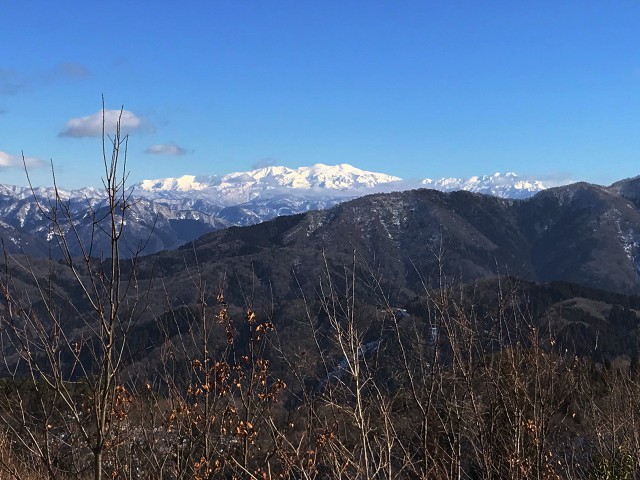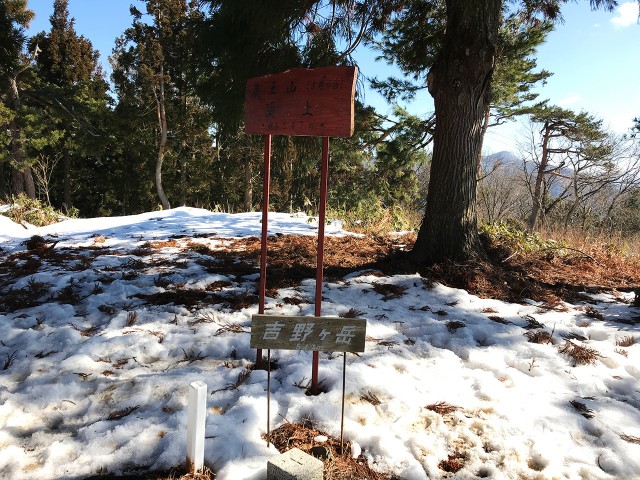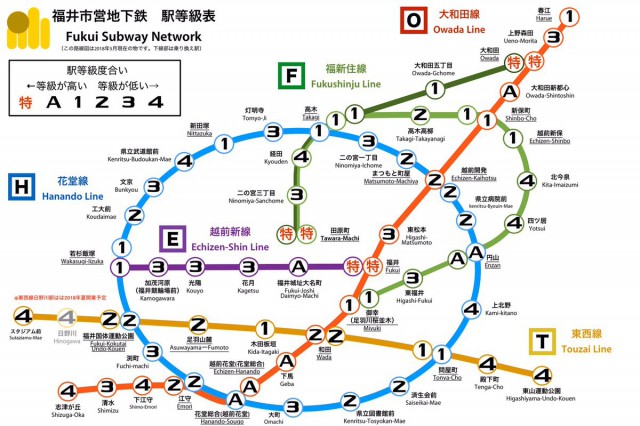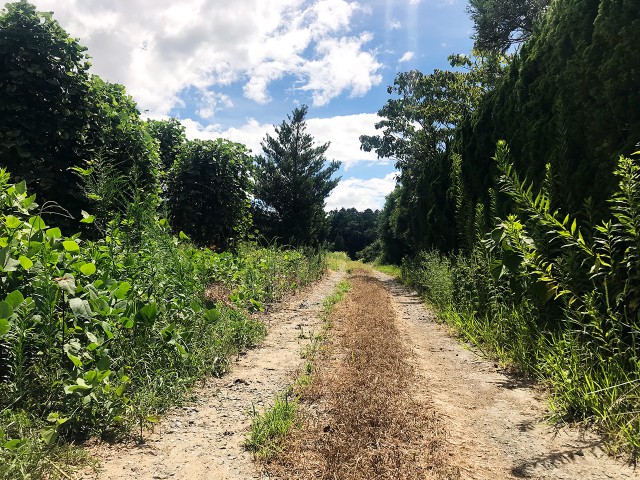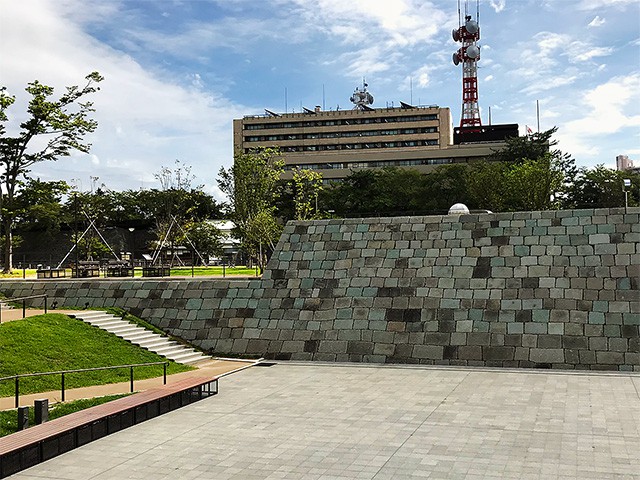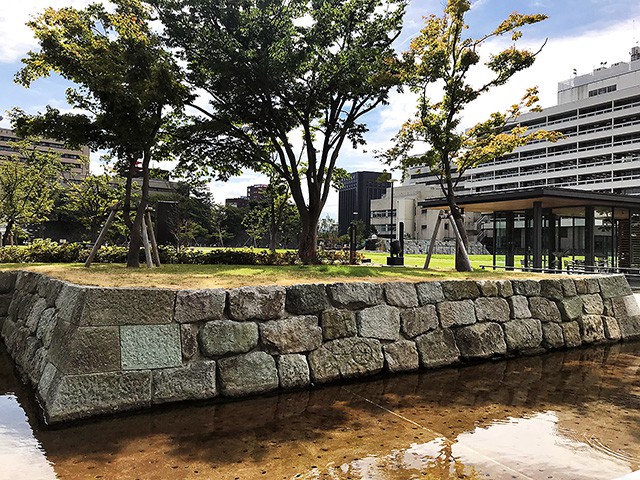A traditional custom in Fukui “Tenjinko”
2019.01.27
The “Tenjinko” is held only in the northern region of Fukui Prefecture and in some regions of several other prefectures on January 25th every year. The “Tenjinko” is the day when the people offer grilled flatfish in front of hanging scrolls depicting Tenjin-sama(Michizane Sugawara) , who is called “The God of learning”.
First of all, women don’t have the hanging scrolls of their own Tenjin-sama.
Because only when baby boys were born, the mother’s parents present one to their grandson. So sometimes there are a couple of Tenjin-samas in a family.
The 25th day is derived from the deathday of Michizane. Generally, they hang up the scrolls on New Year's Eve and put them away after the January 25th. On the day, I felt that time flew that almost one month passed after the New Year's Day. Also, it is the coldest time of the year, I expect that the first day of spring according to the lunar calendar is approaching as well. (H.S)
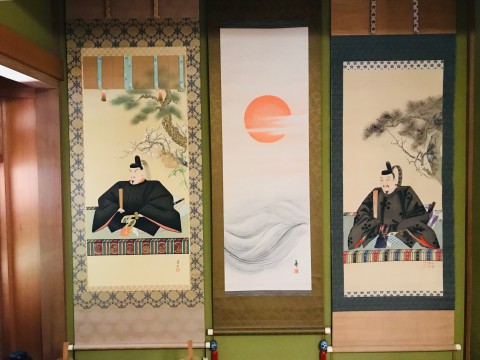
There are two Tenjin-samas at my house.

It is said that flatfish was Michizane's favorite food.


